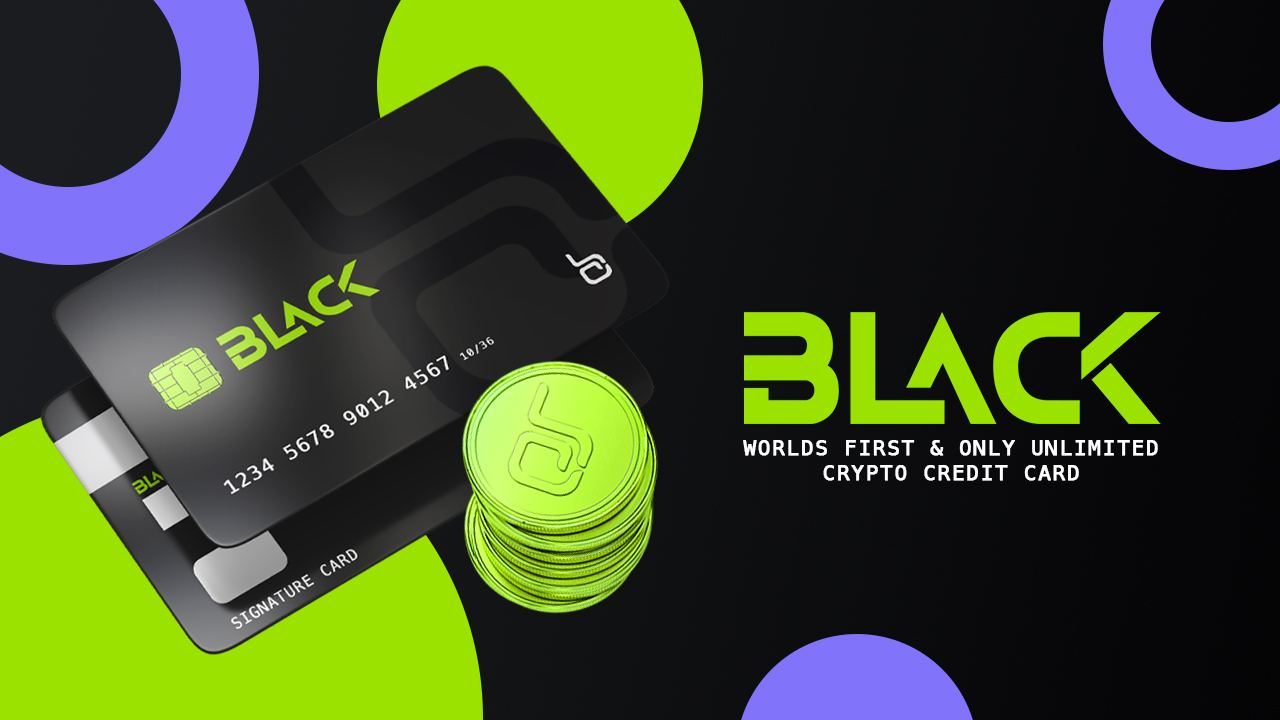Cardano hits record capacity due to SundaeSwap launch, but not all users are raving about it
According to Cardano Blockchain Insight and pool.pm, the Cardano network has maintained record capacity for almost two weeks due to the newly launched decentralized exchange (DEX) SundaeSwap. This is the first DEX working on Cardano. At the same time, the total value locked on the Cardano blockchain reached a record level of around $80 million, despite the recent price drop of the ADA token due to the overall downtrend across the market.
The current average blockchain load of the network is 93.19%, which means that 93.19% of the blocks are filled. Meanwhile, as of Jan. 1, that number accounted for just 32.49%. The number of ADA wallets is also on the way to breaking the 3 million mark.
The term “blockchain load” refers to the amount of storage space in an average filled Cardano block.
100% utilization means blocks are at their absolute limit, while 0% means they have no activity.
According to data from Cardano Blockchain Insights, blockchain downloads increased from 55.2% on Jan. 14 to 91.8% on Jan. 16. Loads are high so far, over 90% since January 19th, including a 21st all-time high of 94.1%.
Average load on the Cardano blockchain | The source: Cardano Blockchain Insights
In response to growing network demand, Cardano announced a 12.5% block size increase 2 months ago.
While this might signal that Cardano is struggling to scale, it at least shows that blockchain adoption is increasing rapidly. For example, traffic increased significantly from September when the network rolled out smart contracts.
Oddly enough, since the Alonzo upgrade, the price of ADA has dropped. After breaking through $3 in September, ADA is now trading at $1.02, down more than 60% from its peak. In the second half of the year, Cardano is considered an environmentally friendly smart contract platform. However, Solana took that spot, overtaking Cardano in November.
On the other hand, ADA has taken a better stance than SOL amid the recent market slump, maintaining a market cap of over $33 billion.
Foreshadowing future network congestion?
Many ADA enthusiasts celebrated these milestones on social media. Regardless of the scalability solutions to come, however, the network’s near-capacity when just adding a DEX has raised questions about its usefulness. Reddit user Extra_Till_838 shown:
“I don’t like this because it signals that the Cardano blockchain will be congested and will encounter a lot of processing difficulties. This could alienate investors from Cardano and make them think it is not a trustworthy blockchain network.”
Things didn’t go smoothly when SundaeSwap was launched. Soon after, user reports of failed transactions spread on social media. At the time of writing, users are still claiming that their orders on this DEX have not yet been processed, even though they were sent a few days ago. More seriously, the platform is embroiled in a public trade dispute with Cardano accelerator CardStarter over allegedly broken promises to investors, Bitcoin Magazine reported. Even Charles Hoskinson got involved in this story, telling both sides, “Let’s work this out together!” through arbitration or court.
SundaeSwap Labs tweets:
“We just released an update to our command page, you should now be able to see a pool’s approximate queue depth! Just click to expand the command for more information. This update will provide more information about the current congestion situation.”
Compare scaling efforts
While Cardano decides to increase block size, Bitcoin and Ethereum are taking different approaches to ensure a scalable future as more users embrace it.
Bitcoin scales across tiers, primarily the Lightning network, to process off-chain transactions and later settle them in pools on the main chain. Ethereum is also exploring layered solutions akin to rollups, along with complex validation techniques like sharding.
Bitcoiner insisted on not increasing the block size when it refused to adopt SegWit 2X in 2017. This solution is intended to harm the decentralization of the network.
Join CoinCu Telegram to keep track of news: https://t.me/coincunews

















